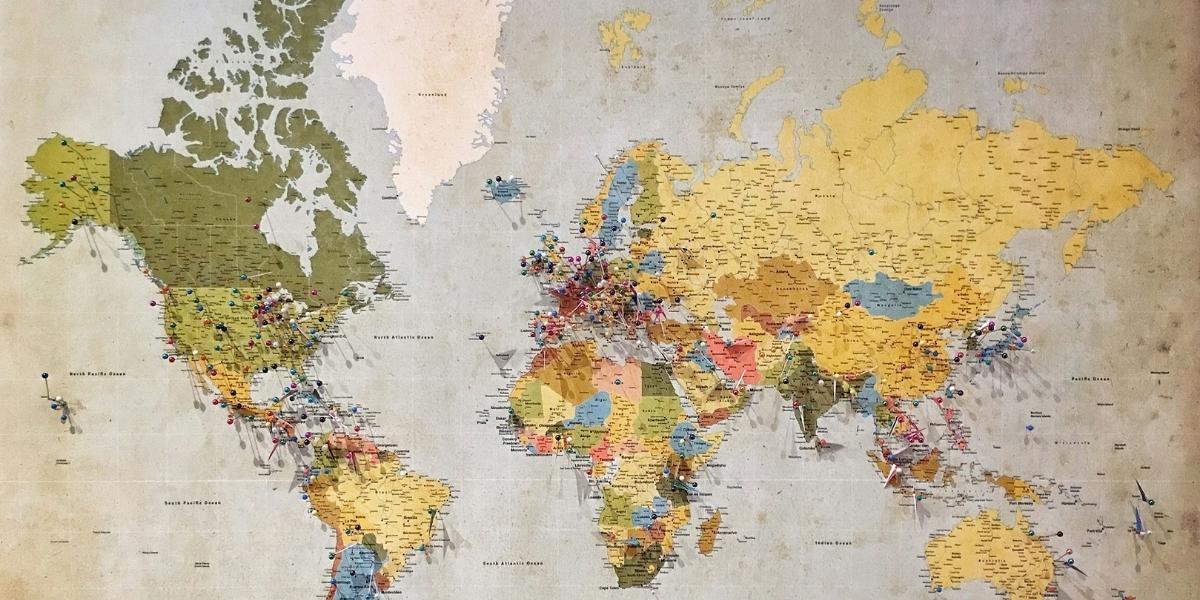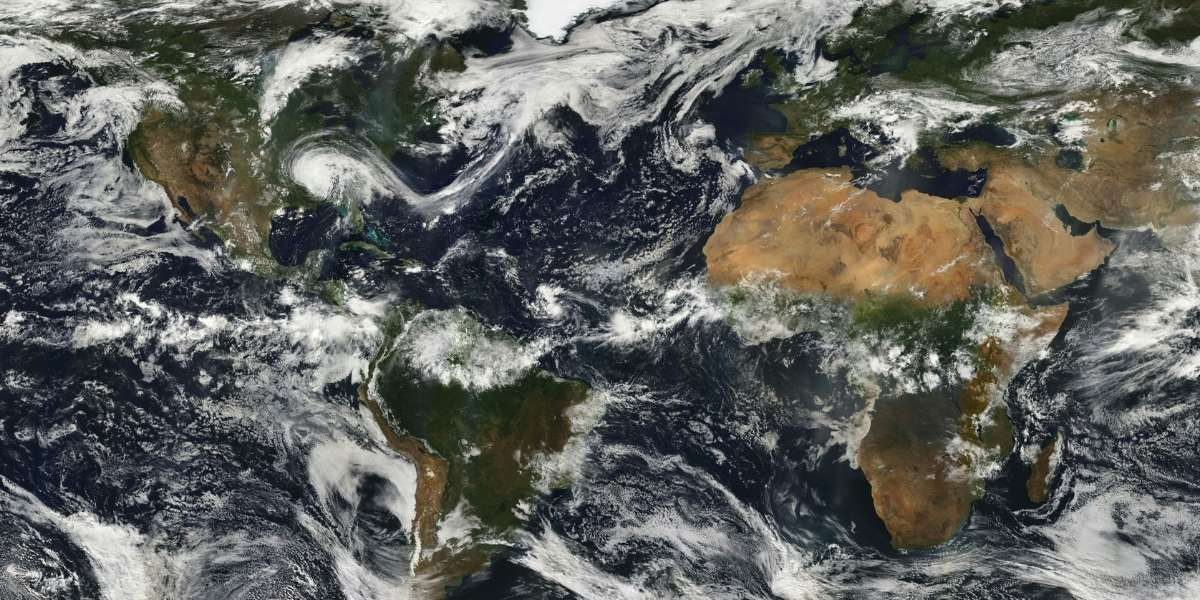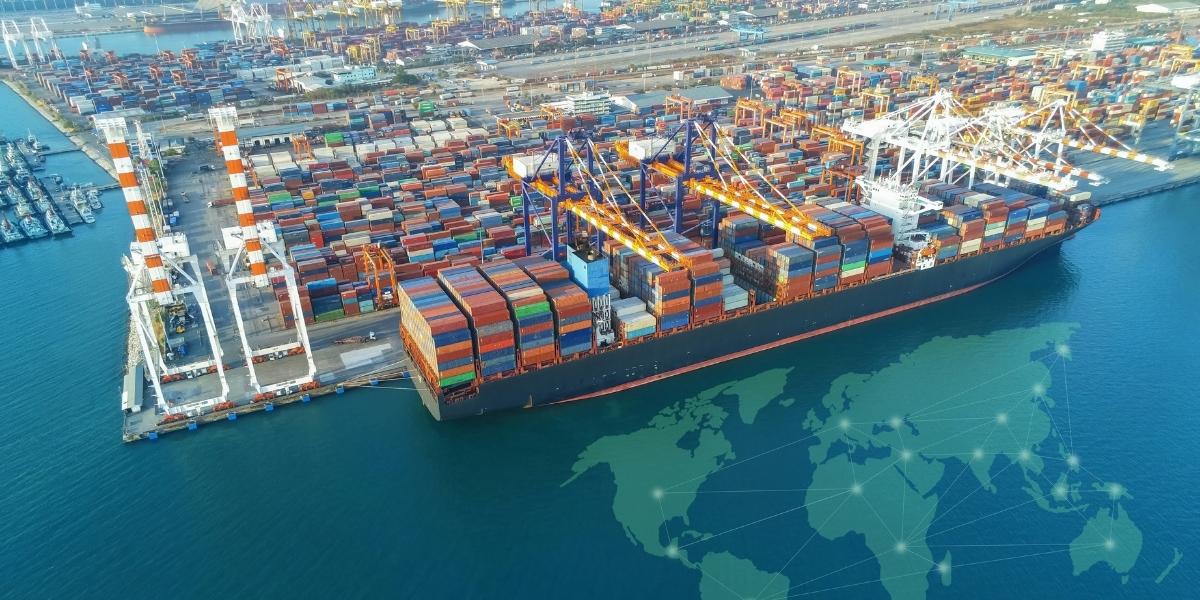What Was This Ancient Supercontinent and How Did It Form?
Billions of years ago, Earth’s landmasses looked vastly different from the familiar continents we know today. Instead of several distinct land blocks separated by vast oceans, there was a single, enormous continent. This monumental landmass, which scientists call by a specific name, was a colossal amalgamation of nearly all the Earth’s dry land. Its existence fundamentally shaped the planet’s geology, climate, and the evolution of life for millions of years. Understanding its sheer scale and unified nature is crucial to comprehending Earth’s deep history and the dynamic processes that continually reshape our world.
Read Also: Unearthing Giants: America’s Rich Legacy of Dinosaur Fossils
The formation of this ancient landmass was a culmination of a long and intricate geological dance, involving the slow, inexorable movement of Earth’s tectonic plates. Over hundreds of millions of years, precursor continents gradually drifted towards each other, eventually colliding and merging. This slow-motion convergence was driven by convection currents deep within the Earth’s mantle, a process that continues to move continents even today. The immense forces involved in these collisions crumpled vast mountain ranges, evidence of which can still be found across modern continents, serving as silent witnesses to this grand assembly.
The final assembly of this supercontinent is thought to have occurred in the late Paleozoic Era, around 335 million years ago. Before its full formation, smaller continental fragments had existed and undergone their own cycles of assembly and breakup. The ultimate coming together of these landmasses created an unparalleled geographical feature that dominated the Earth’s surface for an extensive period. Its central position and immense size profoundly influenced global climate patterns and ocean currents, setting the stage for subsequent geological and biological events.
How Did Life Evolve and Adapt on This United Landmass?

Photo Credit: Unsplash.com
The existence of a single, massive continent had profound implications for the evolution and distribution of life. With no major oceanic barriers to dispersal, terrestrial plants and animals could migrate freely across vast distances. This allowed for the widespread distribution of species, leading to a degree of uniformity in flora and fauna across what are now vastly separated continents. Fossil evidence from this period shows remarkable similarities in species found in regions that are now thousands of miles apart, providing compelling support for the existence of this unified land.
The extensive interior of this supercontinent would have experienced extreme climate conditions. Far from the moderating influence of oceans, these inland areas likely saw vast deserts and arid regions, characterized by scorching days and freezing nights. Life forms that evolved in these environments developed unique adaptations to cope with such harsh conditions, including specialized water storage mechanisms in plants and drought-resistant strategies in animals. The coastal regions, in contrast, would have maintained more temperate climates, supporting diverse ecosystems along the margins of the global ocean.
The unified nature of the land also meant that species could spread widely before its eventual breakup. This broad dispersal initially reduced biodiversity in some respects, as fewer geographical barriers meant less opportunity for isolated populations to evolve into distinct new species. However, it also fostered the development of robust, adaptable life forms capable of thriving across diverse environmental zones. The geological stability of the continuous landmass during its peak period allowed for sustained evolutionary pressures and the development of complex terrestrial ecosystems, setting the foundation for future diversification as the land eventually fractured.
What Caused the Ancient Supercontinent to Break Apart?
Just as geological forces brought this supercontinent together, they eventually caused its colossal breakup, a process known as rifting. The very same mantle convection currents that assembled the landmass continued to exert immense tensional forces from beneath. These forces caused the immense continental crust to stretch, thin, and eventually fracture, leading to the formation of vast rift valleys. Over tens of millions of years, these rifts widened, slowly creating new oceanic crust as magma rose from the Earth’s interior, pushing the nascent continents apart.
The initial stages of its fragmentation began during the early Mesozoic Era, around 200 million years ago. The first major split occurred between what would become North America and Africa, leading to the formation of the nascent Atlantic Ocean. This slow, continuous separation was not a single, sudden event but rather a protracted process involving multiple stages of rifting and continental drift. Each major break created new basins that gradually filled with water, forming new oceans and reshaping global ocean circulation patterns.
The ongoing process of continental drift continued to separate the fragments of the original landmass, moving them towards their current positions. The Indian subcontinent, for instance, famously broke away and drifted northwards, eventually colliding with Asia to form the Himalayan mountain range. The continuing movement of these land blocks reshaped Earth’s climate, ocean currents, and ultimately, the distribution of life on our planet. The breakup of this ancient landmass profoundly influenced Earth’s geological and biological evolution, leading to the diverse geographical features and distinct biomes we observe today.
How Do Scientists Know About This Ancient Landmass?
Scientists have meticulously pieced together the evidence for this ancient supercontinent using a variety of geological and paleontological clues. One of the most compelling lines of evidence comes from the striking “jigsaw puzzle” fit of the continents, particularly the west coast of Africa and the east coast of South America, which appear to fit together almost perfectly. This observation, though initially noted centuries ago, gained scientific rigor with the development of the theory of plate tectonics. The contours of continental shelves, rather than just coastlines, provide an even more precise fit, strongly suggesting they were once joined.
Further corroborating evidence comes from the distribution of identical fossil species found on widely separated continents. For example, fossils of the ancient freshwater reptile Mesosaurus have been discovered only in South Africa and South America, regions now separated by the vast Atlantic Ocean. Similarly, fossils of the plant Glossopteris are found across South America, Africa, Antarctica, India, and Australia. These distributions make sense only if these landmasses were once connected, allowing these species to spread across a continuous land surface before the separation occurred.

Photo Credit: Unsplash.com
Matching geological structures and rock formations across different continents provide irrefutable proof. Mountain ranges with identical rock types, ages, and structural styles can be found on continents now thousands of miles apart, such as the Appalachian Mountains in eastern North America and the Caledonian Mountains in parts of Europe. Glacial deposits from the same ancient ice ages are also found in formerly connected regions, indicating that these areas were once situated together in polar regions. All these disparate lines of evidence converge to form a robust scientific understanding of Earth’s ancient, unified landmass.
What is the Legacy of Earth’s Single Great Continent?
The legacy of Earth’s ancient supercontinent is deeply embedded in the very fabric of our planet, influencing everything from global climate to the distribution of minerals. Its breakup profoundly altered ocean currents and atmospheric circulation patterns, directly impacting the long-term climate of Earth and leading to periods of significant cooling and warming. The opening of new ocean basins as continents drifted apart also created new habitats for marine life, fostering increased biodiversity in the oceans. The movement of these land blocks continues to shape earthquake zones and volcanic activity along plate boundaries, reminding us of the planet’s dynamic nature.
From an economic perspective, the formation and breakup of this ancient landmass played a crucial role in the distribution of valuable mineral resources around the globe. Many of the world’s most significant mineral deposits, including coal, diamonds, and various metal ores, were formed under specific geological conditions that existed during the supercontinent’s assembly or fragmentation. Prospecting for these resources often involves understanding the past connections between continents to predict where similar geological formations might exist, making its history directly relevant to modern industries.
Read Also: Earth’s Interior: A Deep Dive into Its Layers
The story of this single great continent is a powerful illustration of the immense timescales and continuous geological activity that define Earth’s history. It underscores that our present-day continents are merely snapshots in an ongoing dance of plate tectonics. Understanding this ancient landmass provides a fundamental framework for comprehending geological processes, the evolution of life, and the deep interconnectedness of Earth’s systems. Its legacy continues to inform scientific research and deepen our appreciation for the planet’s ever-changing face.








